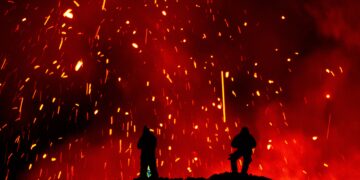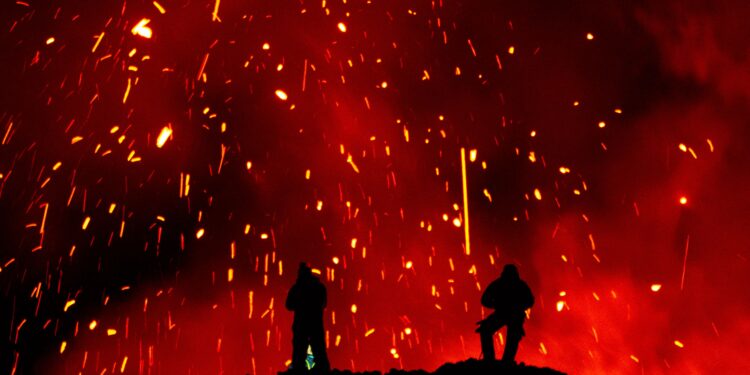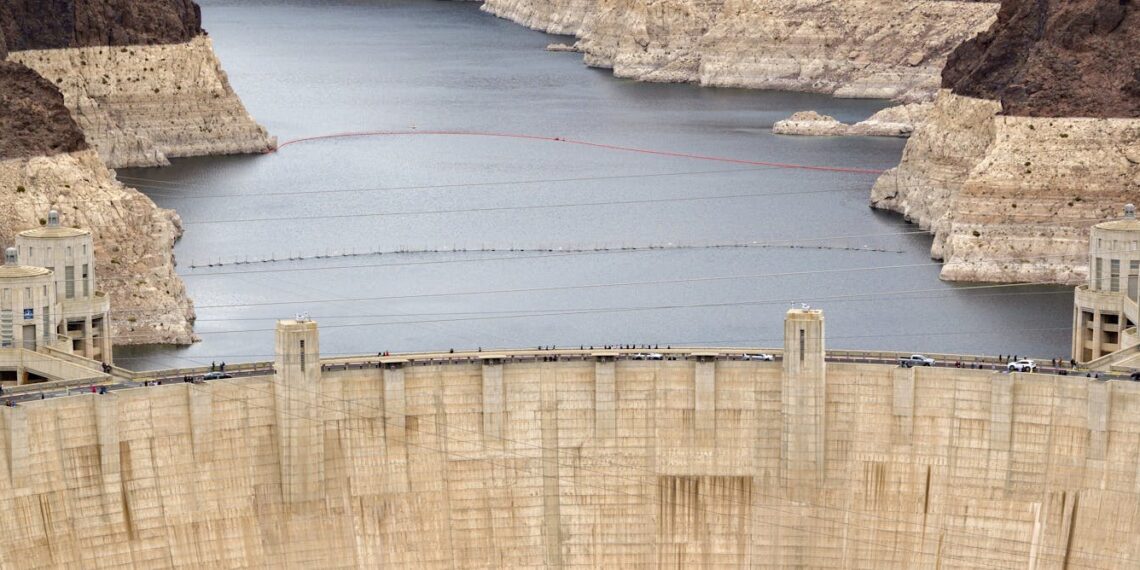Login to Continue Learning
Russia’s remote Krasheninnikov volcano, which had been dormant for about 600 years, erupted overnight on Kamchatka Peninsula in the country’s far east. This event occurred just days after a powerful 8.8 magnitude earthquake struck the region.
The eruption generated an ash plume rising approximately 6,000 meters (nearly 20,000 feet) into the sky. The volcano itself stands at 1,856 meters and is located in Kamchatka, known as the “land of fire and ice,” one of the most volcanically active areas on Earth.
Experts contacted by Newsweek noted that this eruption marks the first documented activity at Krasheninnikov since around 1463, making it a geologically significant event. The timing, coming shortly after one of the strongest earthquakes in recent years, suggests potential links between tectonic stress and volcanic activation.
The same earthquake is believed to have triggered another eruption at Klyuchevskoy, Kamchatka’s most active volcano, which began on Wednesday. Russian officials initially issued a tsunami warning for the Kamchatka peninsula after a 7.0 magnitude earthquake but later lifted it.
Newsweek reported that Krasheninnikov’s eruption coincided with the ongoing activity at Klyuchevskoy, occurring just hours after a significant 8.8 magnitude earthquake off Russia’s far eastern coast. This event triggered waves across the Pacific, prompting evacuations and emergency declarations from Russia to Hawaii and alerts as far south as New Zealand.
Experts suggest that the earthquake may have triggered a volcano-tectonic event, which is a known precursor when seismic stress agitates dormant magma chambers. Clive Oppenheimer, a professor of volcanology at the University of Cambridge, told Newsweek: “The connection is plausible. There is statistical evidence that very large earthquakes might trigger some eruptions of volcanoes within some hundreds of kilometers of the epicenter.”
Regional scientists are closely monitoring seismic patterns and lava movement. Government officials emphasize that no ashfall has impacted inhabited areas, and evacuation protocols remain in effect for low-lying coastal locations affected by tsunami alerts.
Authorities continue tracking aftershocks and potential volcanic hazards as the Pacific region remains on heightened alert. Air travel over Kamchatka may be disrupted while aviation zones remain under an orange warning status due to potential disruptions from ash clouds.
📚 Reading Comprehension Quiz
What was the approximate height of the ash plume generated by Krasheninnikov volcano's eruption?
Please login or register to take the quiz and earn points!



















